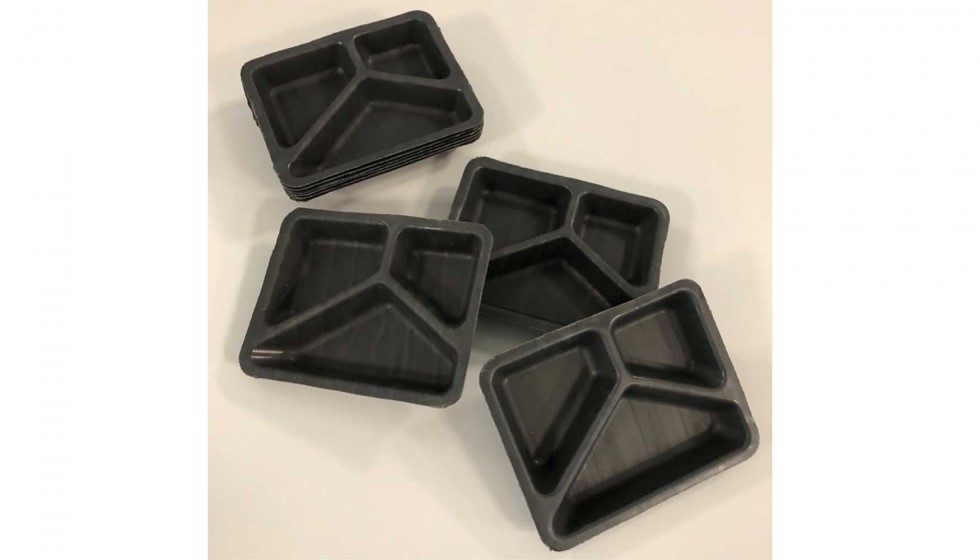The global challenges of climate change and environmental degradation call for a global response as they represent an existential threat to Europe and the world. To meet this challenge, Europe needs a new growth strategy that will transform the Union into a modern, resource efficient and competitive economy. In this new Europe, it is expected to eliminate net greenhouse gas emissions in 2050, promoting that economic growth does not depend on the use of resources and in which no citizen or region is neglected.

In this sense, the CEPLAFIB project is part of this line of research, through which two marketable compounds have been developed with a polypropylene or recycled polyethylene matrix base reinforced with newspaper fibers. The first was designed for injection molding applications and the second for thermoforming transformation technologies.
Throughout the project, different compound formulations have been tested, varying the content of fibers, coupling agents and impact modifiers and their proportions. With this, it was possible to develop two types of optimal materials adapted to the injection molding and thermoforming processing technology, which confirm a modulus of elasticity of up to 195% higher and 40% more resistance than the simple polyolefin recycled matrix.
In addition to exceptional mechanical characteristics, Ceplafib materials provide an overall economic advantage as they are 25% to 35% cheaper than standard virgin PP / PE polymers and fetch 40% to 50% lower in economical terms than the current wood and plastic composites available in market. In parallel, this improves the opportunities for manufacturers and suppliers to achieve their sustainability goals, thanks to the transformation of waste into new high-quality raw materials in a new value chain.
Sostenibilidad y economía circular en el Horizonte Europeo – Plástico (interempresas.net)
